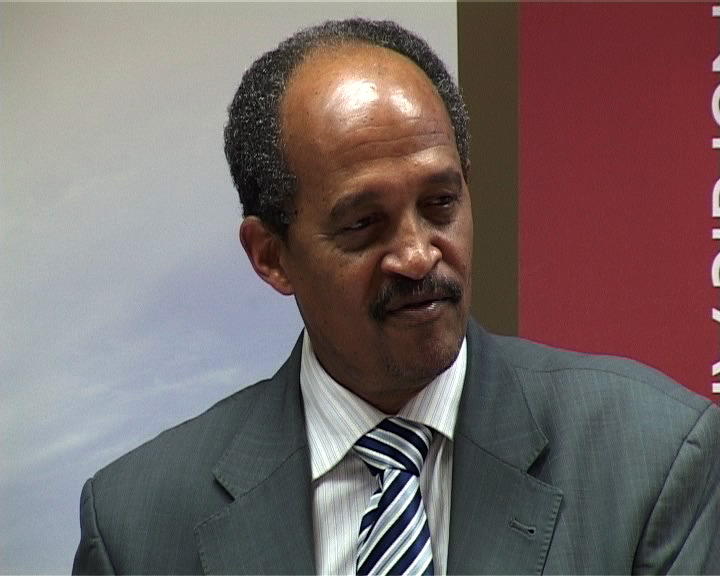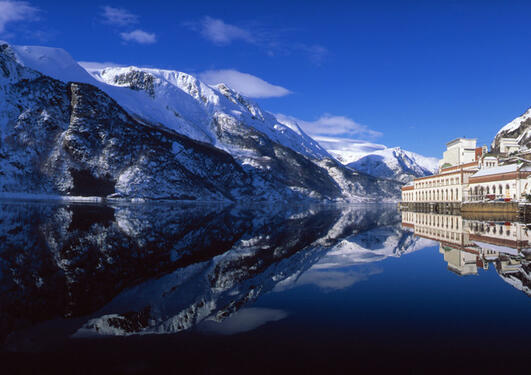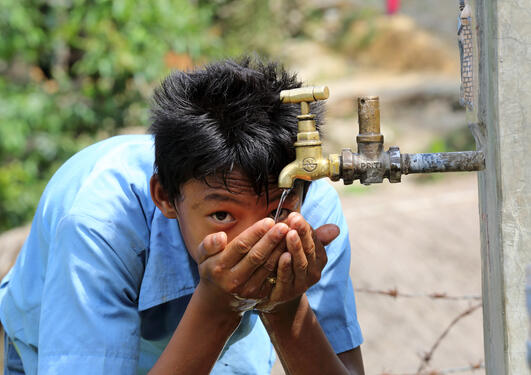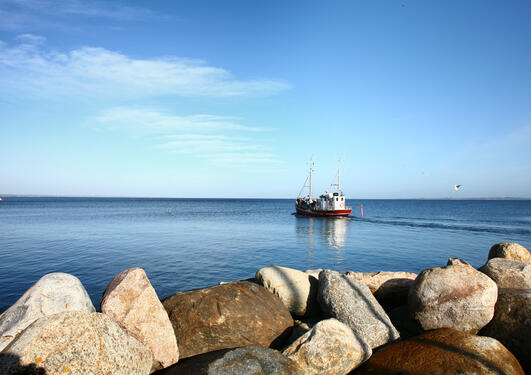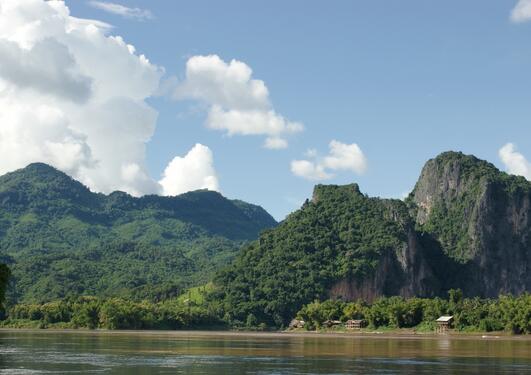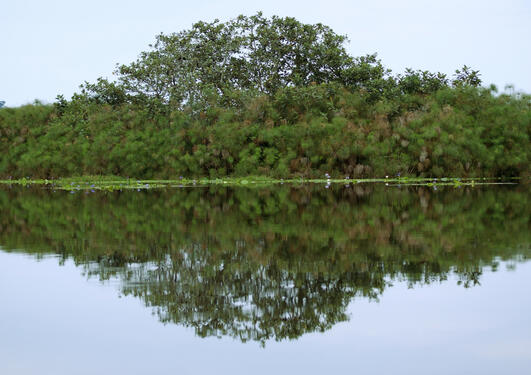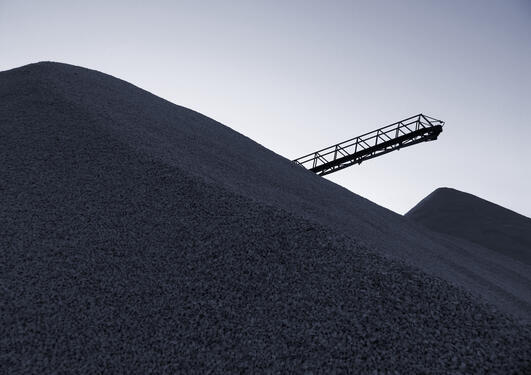The Hydro-diplomacy of the Nile
Prospects for Regional Integration in Northeastern Africa

Hovedinnhold
Yacob Arsano
Associate Professor
Addis Ababa University
Presentation (pdf)
Hydro-diplomacy can be utilized as the most preferred instrument and mechanism towards a future integration through environmental, socio-economic, security and institutional interactions among the riparian nations of Northeastern Africa.
Northeastern Africa is endowed with numerous and permanently shared waters, thereby the countries in the region are permanently linked with one another by the trans-boundary waters. For instance, out of the 12 water basins of Ethiopia eight are trans-boundary creating permanent linkage with the downstream countries. Kenya, Uganda and Tanzania are linked together by Lake Victoria and its waters. Ganale-dawa river system binds together Ethiopia, Somalia and Kenya. South Sudan is linked with Ethiopia, Uganda and the Republic of Sudan with Baro-Akobo /Sobat and the White Nile river systems.
All trans-boundary water systems of the region, including those within the Nile Basin, present themselves as the permanent basis for 1) environmental 2) socio-economic 3) security 4) institutional, etc. interactions and potential integration between the riparian countries and regionally.
The Nile Basin has presented a geopolitically distinct and complex case of hydro-diplomacy in Northeastern Africa. The riparian nations of the Nile have come a long way through many ups and downs of negotiations to significant milestones of interactions and agreements. The trajectory for more interaction and eventual integration of Northeastern Africa can be primarily enhanced and cemented through the cooperative use, management and protection of the permanently shared water resources.
This keynote is open to the public.
